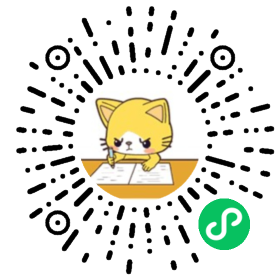【单选题】
在固体可物中,燃点较低. 燃烧剧烈的称为___固体。
A. 易燃
B. 难燃
C. 可燃
D. 自燃
查看试卷,进入试卷练习

微信扫一扫,开始刷题

答案
A
解析
暂无解析
相关试题
【单选题】
通过烟的___等特征,消防人员可以大致判断燃烧物质的种类. 火灾阶段. 火势蔓延方向等。
A. 气味. 颜色. 浓度
B. 气味. 颜色. 流动方向
C. 颜色. 浓度. 流动方向
D. 气味. 颜色. 浓度. 流动方向
推荐试题
【判断题】
77:个人客户号以“01000”、“0103”开头的是柜面客户号,以“0102”开头的是信贷客户号;.机构客户号以“02000”、“0203”开头的是柜面客户号,以“0202”开头的是信贷客户号
A. 对
B. 错
【判断题】
88:有权机关直接到各支行进行查询、冻结、扣划时,有权机关查询、冻结、扣划完成后,支行于15日内向反洗钱牵头管理部门提交《建议调整申请表》,经反洗钱牵头管理部门负责人批准后,在反洗钱系统内将该客户等级调为高风险
A. 对
B. 错
【判断题】
89:有权机关直接到各支行进行查询、冻结、扣划时,有权机关查询、冻结、扣划完成后,支行于10日内向反洗钱牵头管理部门提交《高风险个人客户认定表》或《高风险单位客户认定表》,经反洗钱牵头管理部门负责人批准后,在反洗钱系统内将该客户等级调为高风险
A. 对
B. 错
【判断题】
99:当自然人客户由他人代理办理人民币单笔5万元(含)以上或者外币等值1万元美元(含)以上的现金存款业务时,如果存款人因合理理由无法提供被代理人有效身份证件或者身份证明文件,各营业机构可参照有关一次性金融服务时履行客户身份识别的要求,只对代理人开展相关客户身份识别工作
A. 对
B. 错
【判断题】
100:本行各营业机构为自然人客户办理人民币单笔5万元(含)以上或者外币等值1万元美元(含)以上的现金存取及转账业务时,应核对客户的有效身份证件或其他身份证明文件,无需摘录身份证号码(或在综合前端系统内录入身份证号码)
A. 对
B. 错
【判断题】
8:张三是我行电子银行个人客户,开通了转账单笔5000万元的特殊限额业务,某日通过网银单笔跨行转出5000万元后,又欲通过我行手机银行跨行转出5万元,咨询我行工作人员,我行工作人员告知其无法转出,必须到柜面办理。是否正确?
A. 对
B. 错
【判断题】
9:李四是我行电子银行个人客户,开通了转账单笔5000万元的特殊限额业务,某日通过网银单笔跨行转出5000万元后,又欲通过我行手机银行向其本人同行账户转出5万元,咨询我行工作人员,我行工作人员告知其无法转出,必须到柜面办理。是否正确?
A. 对
B. 错

